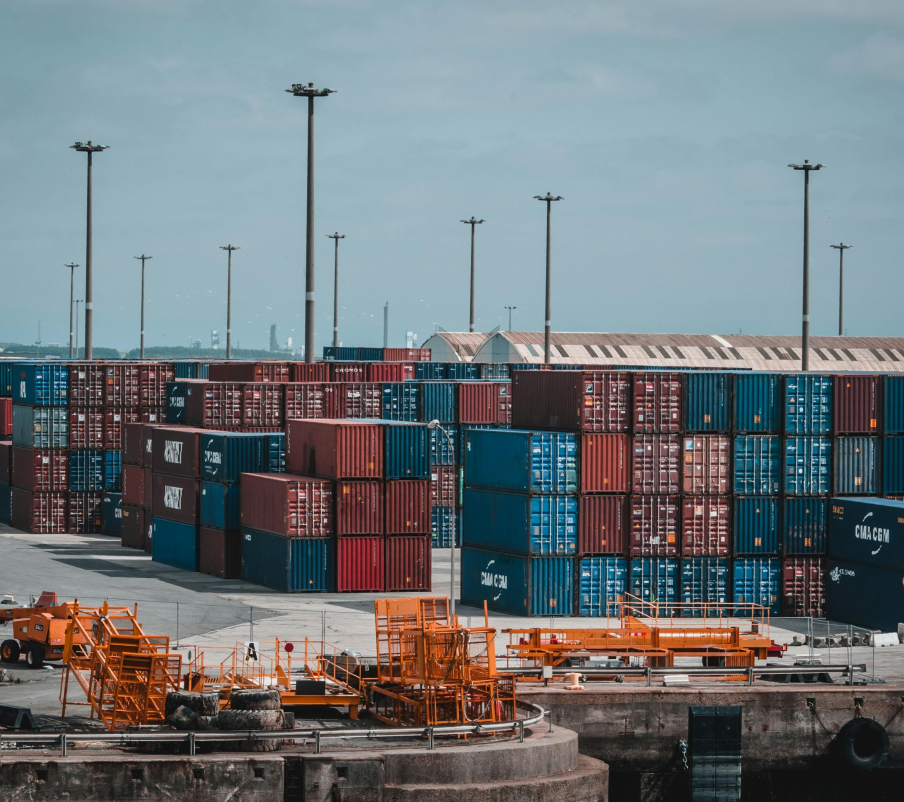Pakistan, despite facing Herculean problems like rising population, security issues, unemployment, and a whole of other serious challenges, offers a proverbial silver lining for potential investors. As the country experiences a dynamic economic and political environment, understanding the emerging opportunities and inherent challenges is crucial for both domestic and international investors seeking long-term growth. According to the US Department of State website, Pakistan’s economy remains fragile, marked by weak macroeconomic indicators, a heavy reliance on imports, low rates of foreign direct investment (FDI), and persistent challenges in attracting FDI.
Several factors paint a promising picture for the future of investment in Pakistan:
- Demographic dividend
With a large and growing young population, Pakistan possesses a notable demographic advantage. This translates into a growing workforce and a potentially massive consumer market. As this generation enters its prime earning years, demand for goods and services across various sectors is poised to surge. Investing in sectors catering to this demographic, such as consumer goods, education, healthcare, and digital services, holds immense potential.
- Untapped natural resources
Pakistan is rich in natural resources, including minerals, gas, and arable land. While some of these resources are already being utilized, significant potential remains untapped. Investments in exploration, extraction, and sustainable management of these resources can yield substantial returns and contribute to the nation's energy security and export earnings. For instance, the mining sector, with proper infrastructure and regulatory frameworks, could attract significant foreign direct investment (FDI).
- Strategic location and connectivity
Situated at the crossroads of South Asia, Central Asia, and the Middle East, Pakistan offers a strategic advantage for trade and connectivity. The China-Pakistan Economic Corridor (CPEC), despite facing some headwinds, holds the potential to transform Pakistan's infrastructure and connect it to regional and global markets. Investments in transportation, logistics, and energy infrastructure under CPEC and other initiatives can unlock significant economic opportunities. The development of ports like Gwadar offers a crucial link for regional trade.
- Emerging digital economy
Pakistan's digital landscape is rapidly evolving, fueled by increasing internet penetration and mobile phone usage. The e-commerce sector is witnessing exponential growth, and the fintech industry is disrupting traditional financial services. Investing in technology startups, digital infrastructure, and platforms that cater to the growing digital demand presents a significant opportunity. The government's focus on digitalization and promoting a conducive environment for tech innovation further strengthens this potential.
- Government initiatives and reforms
Recognizing the importance of attracting investment, the government has been undertaking various initiatives and reforms. These include streamlining business regulations, offering tax incentives in specific sectors, and establishing special economic zones (SEZs). Continued commitment to these reforms and ensuring policy consistency will be crucial in building investor confidence and fostering a favorable investment climate. For example, policies aimed at promoting export-oriented industries can attract foreign investment seeking access to international markets.
- Agricultural potential
Agriculture remains a major sector in Pakistan, employing a large segment of the population. Investing in modern farming techniques, irrigation infrastructure, and value-added processing can enhance productivity, reduce waste, and boost exports. The development of agri-tech solutions and supply chain efficiencies offers further investment avenues.
Despite the promising opportunities, several challenges need careful consideration:
1. Economic instability
Pakistan has historically faced macroeconomic challenges, including high inflation, currency depreciation, and fiscal deficits. These factors can create uncertainty for investors and impact the profitability of investments. Pakistan has, in the last few years, taken several steps to address economic instability, which were also commended by the IMF. Some of these include:
- Stable External Account
-
Pakistan's external account showed notable stability in FY25, evidenced by a current account surplus of 0.5% of GDP compared to the 10-year average current account deficit of 4-5% of GDP. The shift was driven by stronger exports, higher remittances, and falling imports as international prices decreased.
- Fiscal Consolidation and Revenue Enhancement
Tax Reforms: The government has focused on broadening the tax base by bringing previously under-taxed sectors like agriculture, real estate, and trade into the tax net. There's also been an emphasis on using technology to improve tax compliance and transparency, along with modernizing the Federal Board of Revenue (FBR). Overseas investors have also called on the government to formulate a comprehensive roadmap for tax reforms to broaden the tax base, according to a report by The Express Tribune. Similarly, the primary deficit, which hovered around 2% over the past decade, is poised to close at a surplus of 1%. These improvements signal a more disciplined macroeconomic environment.
- Monetary Policy Measures
Interest rate adjustments: The State Bank of Pakistan (SBP) has used interest rate adjustments as a key tool. While there was a period of maintaining a high policy rate (e.g., 22% in response to high inflation and external imbalances), the rate has gradually dropped to 11% as price pressures remain under control given stable currency and falling global commodity prices.
- External Sector Management
a) IMF engagement: A key aspect has been engagement with the International Monetary Fund (IMF) through Extended Fund Facilities and Stand-By Arrangements. These programs come with mandated structural reforms and financial assistance to stabilize the economy and address balance of payments issues. In February 2025, the IMF Managing Director Kristalina Georgieva expressed encouragement for the Pakistani government's strong commitment to IMF-supported reforms. She supported their decisive actions to pave the way for higher growth and job creation.
b) Attracting foreign direct investment (FDI): Policies aim to improve the ease of doing business, provide tax incentives, enhance infrastructure, and ensure policy stability to attract foreign investment.
- Structural Reforms
a) Energy Sector Viability: Efforts are underway to improve the financial sustainability of the energy sector.
b) State-Owned Enterprises (SOEs) Restructuring: Reforms are being considered for loss-making SOEs, including potential privatization, to reduce their burden on the national exchequer.
c) Export Competitiveness: Initiatives like "Uraan Pakistan" aimed to achieve export-led growth through public-private partnerships and enhanced export competitiveness.
d) Agricultural Reforms: Making agricultural income taxable across all provinces is a major reform. There are also broader efforts to unleash the agri-food sector's potential.
2) Political uncertainty and policy inconsistency
Political instability and frequent changes in government policies can deter long-term investment. A stable political environment and consistent policy framework are crucial for providing investors with the predictability and security they need. Ensuring the continuity of economic policies across different administrations is vital. Conducting the February 2024 general elections, despite prior turbulence, enabled a transition towards a functional coalition government.
3) Security concerns
While the overall security situation has improved in recent years, certain regions still face security challenges. These concerns can impact investor sentiment and hinder investment, particularly in affected areas. Continued efforts to ensure law and order are crucial for attracting and retaining investment.
4) Infrastructure deficiencies
Despite ongoing development, Pakistan still faces major infrastructure gaps, particularly in energy, transportation, and water management. These deficiencies can increase the cost of doing business and limit growth potential. Sustained investment in infrastructure development is critical.
5) Regulatory hurdles and red tape
Complex regulations and bureaucratic processes can create obstacles for investors. Streamlining regulations, improving transparency, and enhancing the ease of doing business are essential to attract and facilitate investment. Simplifying tax procedures and reducing red tape can significantly improve the investment climate.
6) Energy crisis
Energy shortages have been a persistent challenge in Pakistan, impacting industrial production and economic growth. Investing in renewable energy sources, improving energy efficiency, and ensuring a reliable energy supply are crucial for sustainable economic development and attracting energy-intensive industries.
Conclusion
The future of investing in Pakistan presents a compelling duality of significant opportunities alongside considerable challenges. According to an article published in Daily Times, despite major headwinds, including regional competition and internal structural inefficiencies, the country’s strategic location, abundant resources, and demographic dividend uniquely position it for economic revival.
A long-term outlook, careful due diligence, and a profound understanding of the local context are crucial for investors to successfully seize the opportunities. Unlocking Pakistan's full investment potential and creating the conditions for a prosperous future will depend heavily on the government's commitment to long-term economic reforms, maintaining political stability, and making up infrastructure deficiencies.
Contributor

Adeel Ahmed
Research Editor

Share With